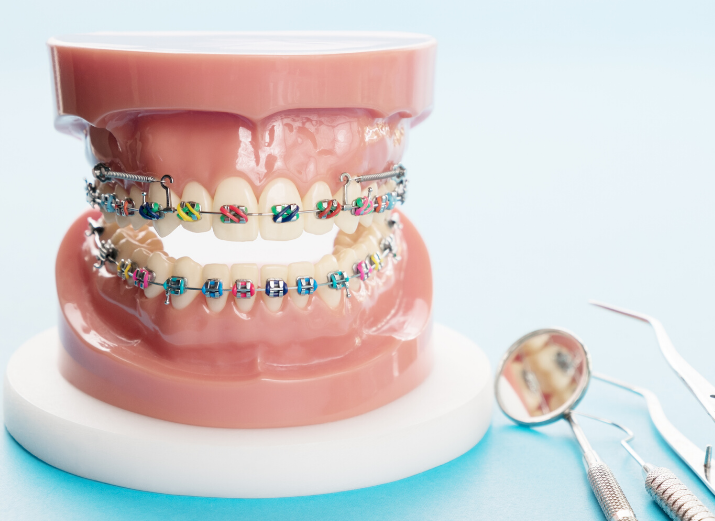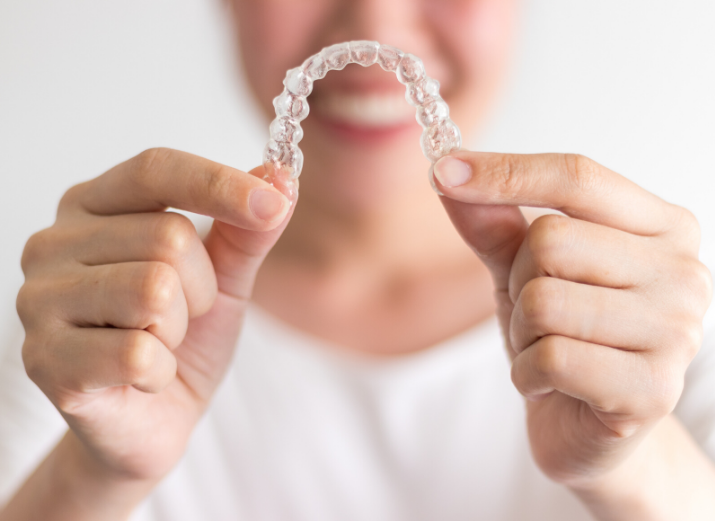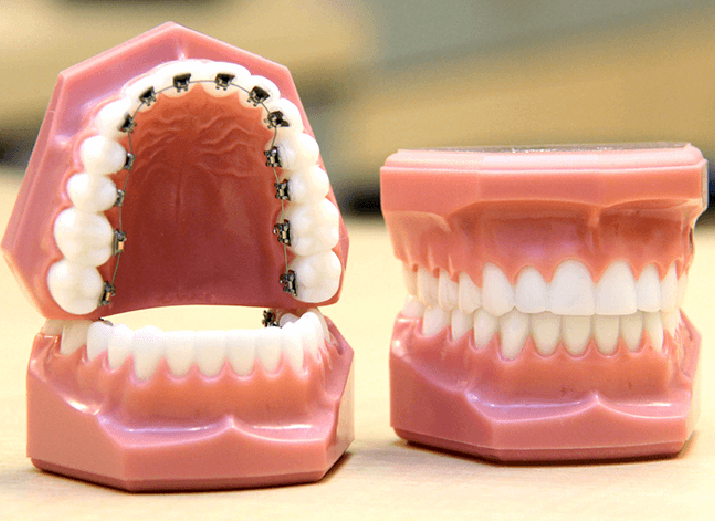Our team of registered specialist orthodontists provide the optimal care when it comes to your orthodontic needs.
Should I See an Orthodontist or a General Dentist?
While your orthodontist and general dentist can work together to help improve your overall oral health, it is important to understand the difference between the two when considering orthodontic treatment.
| Specialist Orthodontist | General Dentist |
| Orthodontists are registered dental specialists who have completed a general dentistry degree and an additional three to four years of training in orthodontics. | General dentists have completed a degree in general dentistry. |
| Orthodontists are experts in facial growth and dental development and can diagnose and treat crooked teeth, bad bites and poorly aligned jaws. | General dentists are experts in general dental care and dental maintenance for all ages. They can diagnose and treat problems and common diseases that affect your teeth, mouth and gums. |
| Orthodontists are experts in all orthodontic treatment options, including conventional braces, Invisalign and internal lingual braces – for children, teens and adults. | General dentists are not trained in attaching braces or performing other orthodontic treatments. While some general dentists may have obtained certification that allows them to carry out Invisalign treatment, they are not specialists in the field and do not have the same level of training or experience as specialist orthodontists. |
Traditional and Clear Braces

Conventional braces involve brackets being attached to the your teeth, while the wire is progressively tightened to move your teeth slowly into place. Clear braces work the same way, however the braces are made of a ceramic material that matches your tooth colour and the wire is clear, making them less visible.
Learn MoreInvisalign No Braces

Invisalign involves a series of clear aligners worn over your teeth, which move your teeth into the desired position. Invisalign aligners are removable, so they can be taken out when you’re eating, drinking and cleaning your teeth. They are nearly invisible, making them a popular orthodontic treatment option.
Learn MoreInternal Lingual Braces

Internal lingual braces are different from other types of braces, in that they are fitted to the back of your teeth (the tongue side). This option allows patients to receive orthodontic treatment without their braces being visible to anyone else.
Learn MoreChildren’s Braces and Invisalign

Treatment for young children is usually aimed at dealing with functional problems that immediately threaten the health of teeth. A proactive approach may eliminate or simplify any later need for orthodontic treatment.
Learn More
